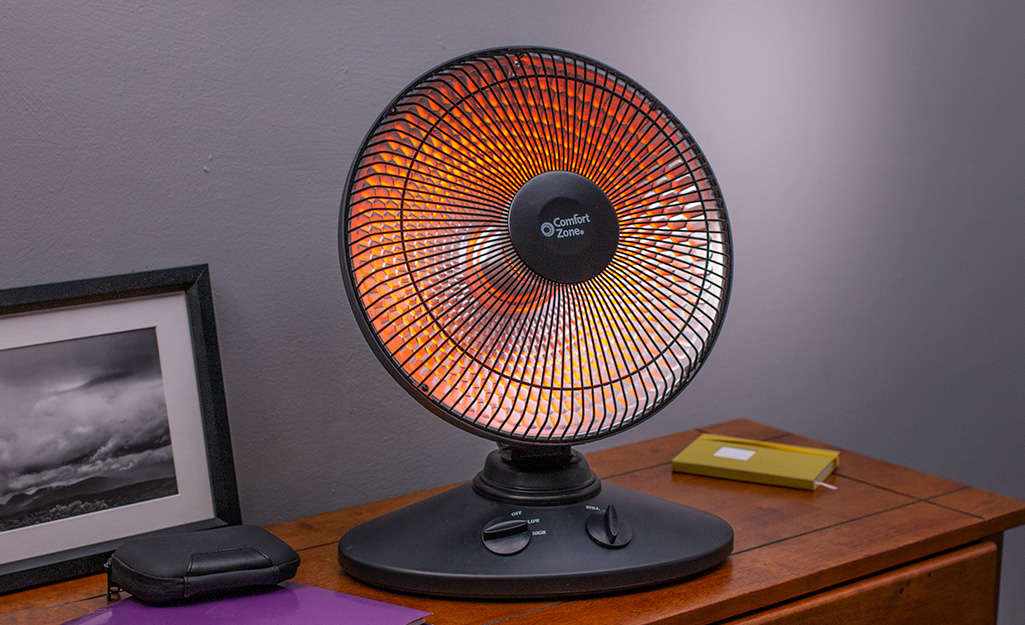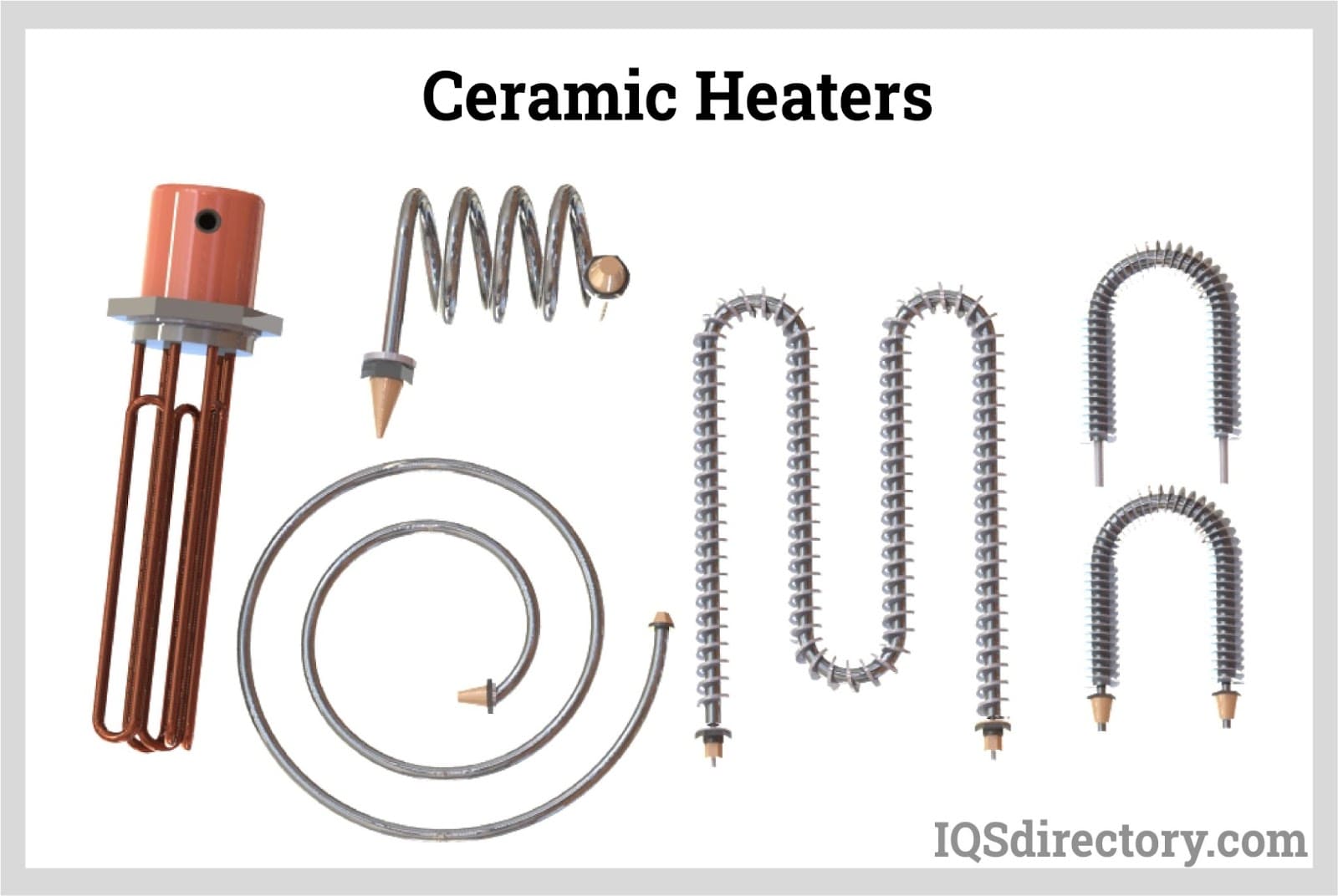Rumored Buzz on 1 Source Portable Air
Rumored Buzz on 1 Source Portable Air
Blog Article
Fascination About 1 Source Portable Air
Table of Contents1 Source Portable Air Fundamentals ExplainedThe Best Strategy To Use For 1 Source Portable AirHow 1 Source Portable Air can Save You Time, Stress, and Money.Not known Factual Statements About 1 Source Portable Air Getting The 1 Source Portable Air To Work
Running expenses are based upon an electricity price of 40c/kWh. The prices for 3 months' use in winter months are based on 500 hours utilize, or approximately 6 hours per day for 3 months. Maximum warmth output is based on the maximum wattage of the models we've examined (we concentrate on higher electrical power heaters).
On average, tiny fan heating systems are less expensive to get, yet can have higher running prices. Oil column heating units will be the least expensive on the market to run (on average) but just by a slim margin in advance of convection heaters (like panel and micathermic panels).
What Does 1 Source Portable Air Do?
If you have a relatively easy to fix ceiling follower, it'll assist distribute the warmth around the room much more evenly. The models in our electrical heating systems examination usually array in cost from well under $100 to over $900, however we have actually found a higher price doesn't always indicate better performance. A variety of expensive heating units have actually failed to thrill our testers, while some more affordable models create remarkably bargains.
As the name suggests, they radiate warm from a red-hot home heating component (so the family will have to take turns sitting in front of it). Glowing heating units are reasonably inexpensive.
Glowing heaters normally set you back between $20 and $200. Oil-filled column heating units don't in fact melt oil they make use of electrical power to heat the oil that's sealed inside their columns or 'fins'.
Examine This Report on 1 Source Portable Air
Some column heating systems aren't even oil-filled but rather use various other material or home heating technology to work similarly - 1 Source Portable Air. The threat of fire with an oil column heating unit is low compared to other heater kinds, yet never ever zero. Oil heating systems don't have exposed aspects like glowing heating units do, and their surface temperature is lower than lots of various other heater kinds (their huge area offsets it)
Oil column heating units will not blow up, and while they do not burn their oil to generate warmth, it's still combustible, so there is a fire risk if the oil leakages, if the heating system suggestions over and leaks, or if combustible items or fabric enter get in touch with or drop on the heating system. You should work out the very same degree of care with oil heating systems when it comes to various other heating system types, and never hang towels or garments over one to dry them make use of a drying out shelf rather, at the very least one metre away.
Column heating units are specifically valuable in spaces where they'll be switched over on for extended periods of time or where they'll operate neglected, such as over night in a bedroom. The surfaces you're most likely to touch on a column heater do not get as hot as various other look at more info sorts of electrical heating systems. You can make use of a ceiling fan on very low speed to help the column heating system to disperse the heat faster and a lot more equally.
If there's not much air movement (for example, if you're resting reading or enjoying TV), the warm may not be distributed uniformly. Oil-filled column heaters usually cost in between $50 and $450. Convection and panel heating systems draw cold air over an electrical home heating element. The warmed up air then leaves the heating unit and climbs in the direction of the ceiling, while cooler air actions in to replace it.
1 Source Portable Air Fundamentals Explained

Convection and panel heating systems are extra mobile than their oil-filled column official site heater equivalents because they're substantially lighter. They'll warm the air in a space uniformly and promptly. Like a column heater, you can use a ceiling follower on really low speed to disperse the heat faster and much more equally. Some models, particularly panel heaters, are comparatively costly to buy.

Our 1 Source Portable Air PDFs
Follower heating units are often smaller sized and much more mobile than other electrical heaters. They likewise are available in the kind of tower fan heating systems, which can be much better for distributing warmth around larger spaces as a result of their taller profile. They can warm the air in an area a lot more rapidly, evenly and swiftly than a few other heating unit kinds.
Follower heating systems (ceramic or otherwise) generally cost in between $60 and $900. Ceramic fan Continued heating systems aren't always any kind of various in rate to non-ceramic models.
Report this page